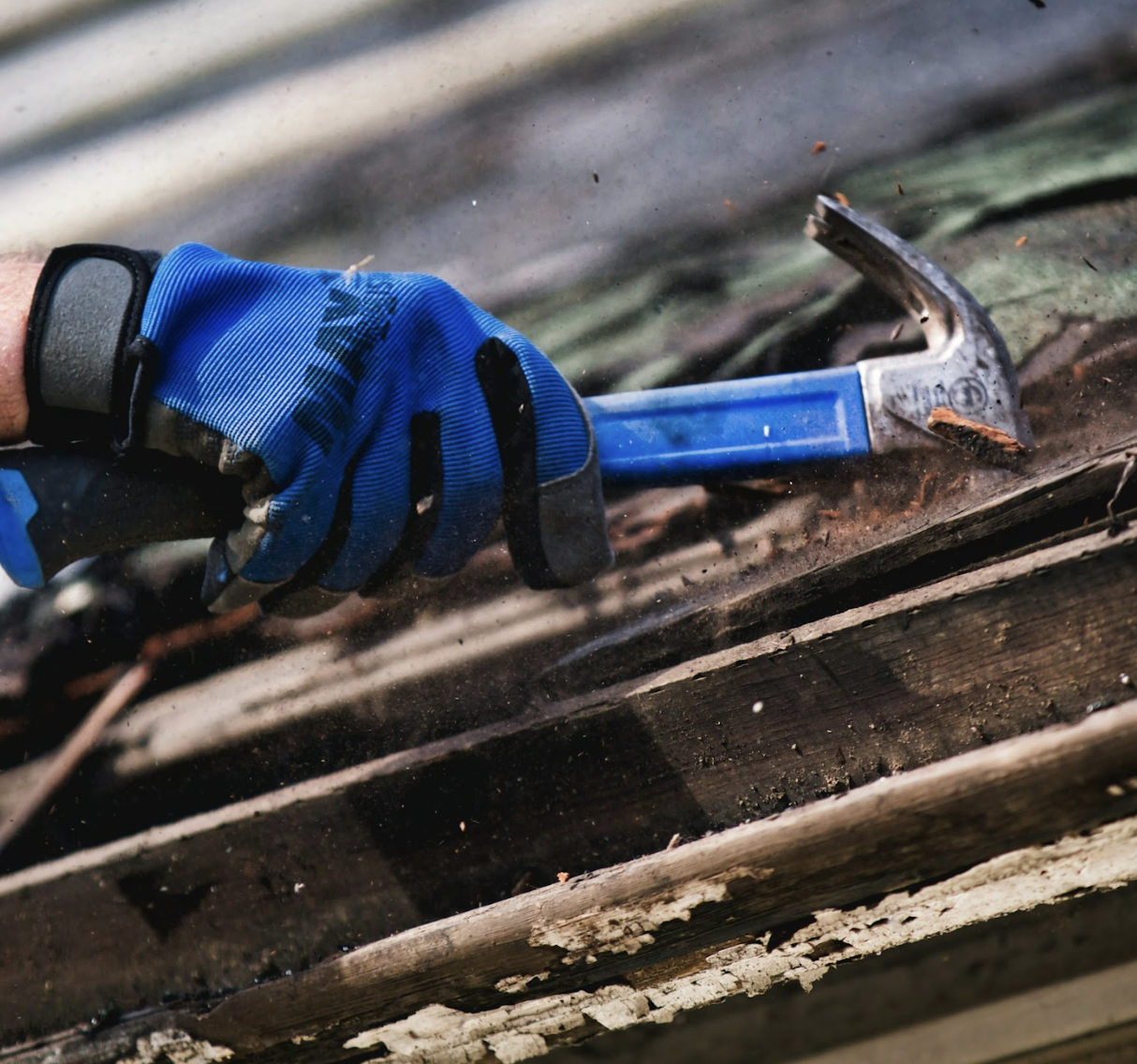How to Handle Issues with Your Tiny Home's Roof
Tiny homes offer a minimalist lifestyle with reduced living costs and environmental impact, but they come with their own set of challenges, especially when it comes to maintenance. One critical area that requires attention is the roof. Due to their size and often mobile nature, tiny home roofs can face unique issues such as leaks, insulation problems, and structural damage. Here’s a comprehensive guide on how to handle issues with your tiny home’s roof.
When to Call a Professional
While DIY solutions are great for minor repairs, there are times when professional help is necessary to ensure the job is done safely and effectively. Significant structural damage or widespread leaks require professional expertise due to the complexity and potential hazards involved. Additionally, repairs that involve electrical or plumbing systems integrated into the roof should always be handled by professionals to avoid accidents and ensure compliance with building codes, experts from an Albany roofing company explain. If there are any safety concerns during the repair process, such as working at height or dealing with heavy materials, it’s best to call in an expert. Professionals not only have the right tools and knowledge but also the experience to identify underlying issues that may not be immediately apparent, ensuring long-term solutions and peace of mind.
Identify the Problem Early
The first step in handling any roof issue is early detection. Regularly inspect your roof for signs of damage. Look for:
Leaks: Water stains on the ceiling or walls can indicate a leak.
Structural Damage: Warped or sagging sections of the roof are red flags.
Mold and Mildew: These can signal moisture problems.
Pest Infestations: Look for nests or signs of small animals and insects.
Loose or Missing Shingles: These can be the first signs of wear and tear.
Understand the Type of Roof
Different types of roofs require different approaches to maintenance and repair. Common types of tiny homes include:
Flat Roofs: Easier to build and often used for mobile tiny homes. They need regular cleaning to avoid water pooling.
Pitched Roofs: Better for water runoff but more complex to construct and repair.
Curved Roofs: Aesthetic and functional but challenging to repair.
Regular Maintenance
Regular maintenance can prevent many roofing issues. Here are some maintenance tips:
Clean the Gutters: Ensure gutters are free from debris to prevent water damage.
Trim Overhanging Branches: These can cause damage during storms.
Check Seals and Flashings: Inspect around skylights, chimneys, and vents for any gaps or wear.
Roof Coating: Apply a reflective roof coating to protect from UV damage and improve energy efficiency.
Addressing Leaks
Leaks are a common issue with tiny home roofs. To address them:
Locate the Source: Trace water stains to their highest point to find the leak’s origin.
Temporary Fixes: Use roofing tape or a tarp as a temporary measure.
Permanent Solutions: Replace damaged shingles or roofing material. Use high-quality sealants around vents and skylights.
Insulation Problems
Proper insulation is crucial for temperature regulation and energy efficiency. If you notice temperature inconsistencies:
Check for Gaps: Look for gaps in the insulation. Refill or replace as necessary.
Upgrade Insulation: Consider using spray foam insulation for better coverage and efficiency.
Ventilation: Ensure your roof has proper ventilation to avoid condensation and heat buildup.
Structural Damage
Structural damage can compromise the safety of your tiny home. Signs include:
Sagging Roof: This often indicates compromised structural integrity.
Cracks: Visible cracks in the roofing material or the supporting structure.
To fix structural damage:
Consult a Professional: Structural repairs often require expertise.
Reinforce the Frame: Add support beams or braces as needed.
Replace Damaged Sections: If parts of the structure are beyond repair, replace them to ensure safety.
Preventive Measures
Preventive measures can save you time and money in the long run. Here are some steps to take:
Regular Inspections: Perform bi-annual inspections, especially after severe weather.
Protective Coatings: Apply weather-resistant coatings to protect against UV rays and moisture.
Quality Materials: Invest in high-quality roofing materials that offer better durability and longevity.
Handling Storm Damage
Tiny homes are particularly vulnerable to storm damage due to their size and mobility. Post-storm:
Inspect Immediately: Check for any visible damage immediately after a storm.
Temporary Repairs: Use tarps to cover damaged areas to prevent further water ingress.
Professional Assessment: For significant damage, get a professional assessment to ensure structural integrity.
Dealing with Pests
Pests can cause significant damage to your roof. Common pests include birds, rodents, and insects. To mitigate this:
Seal Entry Points: Ensure all potential entry points are sealed.
Use Deterrents: Install bird spikes or other deterrents.
Regular Cleaning: Keep the roof clean to avoid attracting pests.
Maintaining a tiny home’s roof is crucial for ensuring the longevity and safety of your dwelling. By conducting regular inspections, performing routine maintenance, and addressing issues promptly, you can prevent minor problems from becoming major headaches. Always be prepared to call in professional help when needed to handle complex or extensive repairs. With proper care, your tiny home’s roof can provide reliable protection for years to come.










